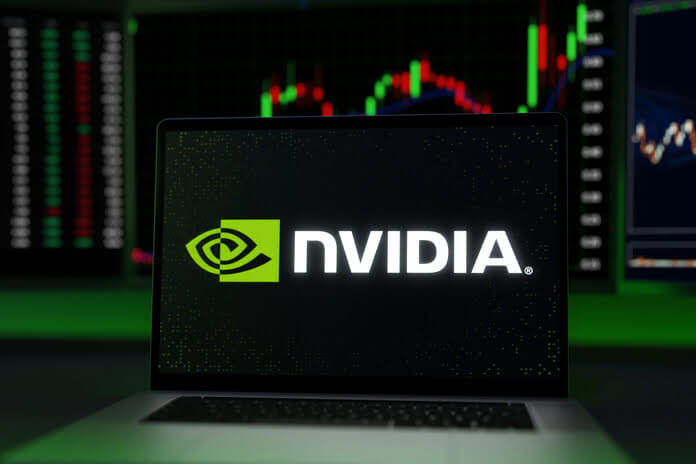Nvidia (NASDAQ:NVDA) initiated trading on Monday following a 10-for-1 stock split, adjusting the stock from its previous Friday closure at $1,208.88 to $120.88. The stock experienced a slight dip of about 2% during early trading on Monday.
The split translates to shareholders of Nvidia common stock as of the market’s close on Thursday receiving 10 shares for each share they held. For instance, if a shareholder possessed four shares of Nvidia as of Thursday, they now hold 40 shares post-split. Stock splits aim to make owning shares more accessible by reducing the price of individual shares without affecting the overall value of existing shareholders’ holdings.
Matt Amberson of Options Research & Technology Services states that the split will likely render Nvidia more accessible to retail traders. High implied volatility in options prices, particularly for stocks over $1,000, has made options trading costly, so options traders eagerly anticipate the split.
Nvidia’s split follows a significant milestone where the company briefly surpassed a $3 trillion total market valuation, surpassing Apple to become the second-most-valuable publicly traded US company.
The surge in Nvidia’s shares can be attributed to the heightened interest in generative AI, particularly since the introduction of OpenAI’s ChatGPT software in late 2022. Tech giants like Amazon (NASDAQ:AMZN), Google (NASDAQ:GOOG, NASDAQ:GOOGL), and Microsoft (NASDAQ:MSFT) have been competing for Nvidia’s hardware to power their generative AI platforms.
This surge has propelled Nvidia’s revenue, with the first quarter seeing adjusted earnings per share of $6.12 on revenue of $26 billion, marking increases of 461% and 262%, respectively, from the same period a year ago. Nvidia’s Data Center revenue spiked 427% year over year to $22.6 billion, representing 86% of the company’s total revenue for the quarter. On the other hand, its gaming segment generated revenue of $2.6 billion.
Nvidia’s commitment to innovation remains unwavering, with CEO Jensen Huang announcing the upcoming release of an upgraded version of its Blackwell AI platform, named Blackwell Ultra, slated for 2025, alongside an entirely new platform called Rubin, scheduled for 2026. Additionally, an Ultra version of the Rubin hardware is planned for release in 2027.
Stock splits are often interpreted as a display of strength by investors, with companies that undertake splits typically outperforming the S&P 500 in the year following the announcement. Nvidia’s split announcement saw shares rise approximately 27% since May 22.
As Nvidia advances, competitors like AMD (NASDAQ:AMD) and Intel (NASDAQ:INTC) are intensifying their efforts, announcing their own AI hardware and outlining future product roadmaps as alternatives to Nvidia’s offerings. Moreover, Nvidia’s customers are exploring the development of their own AI chips to train and operate AI models, potentially mitigating the need to purchase Nvidia products.
Beyond hyperscalers, companies like Meta (NASDAQ:META), Tesla (NASDAQ:TSLA), and various tech and automotive firms are vying for Nvidia’s chips to drive AI models for applications ranging from recommendation engines to autonomous driving software. Nvidia also sees potential growth in markets beyond tech, including government entities and research institutions, indicating a broadening total addressable market.
Featured Image: Megapixl















